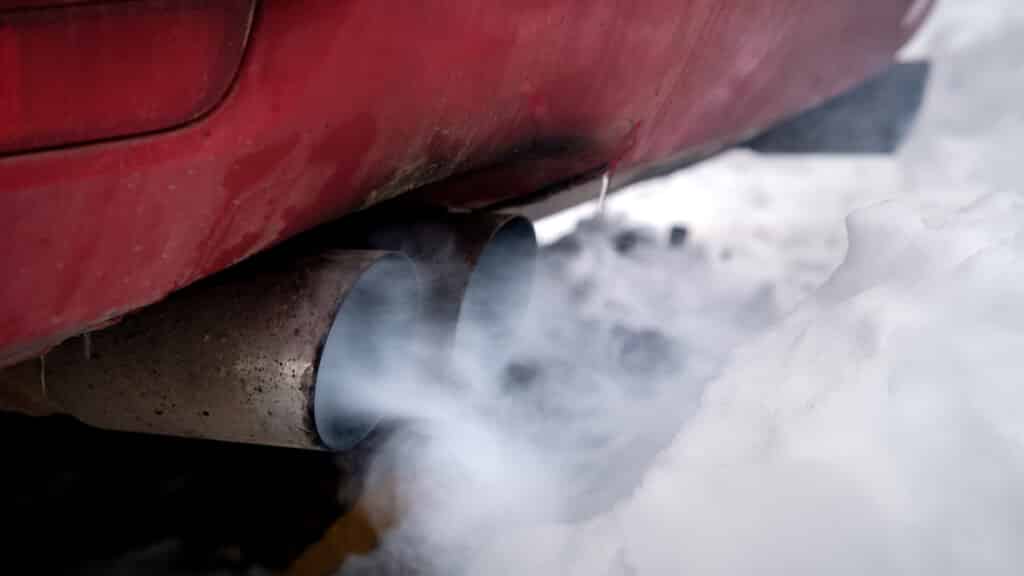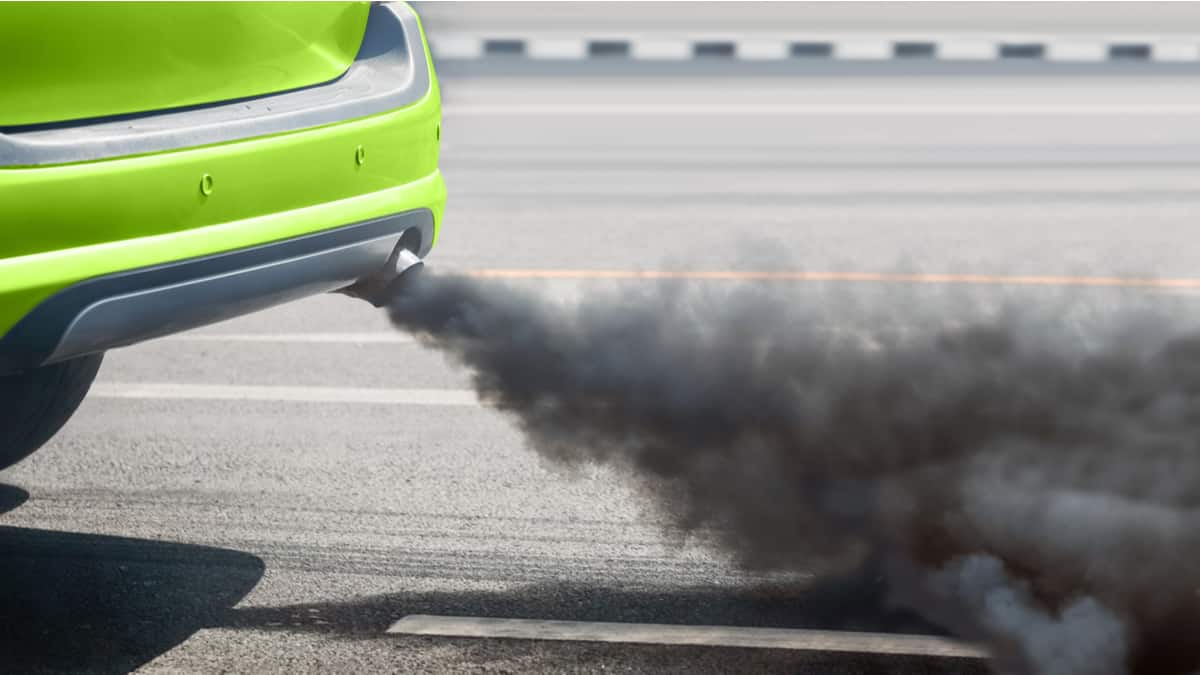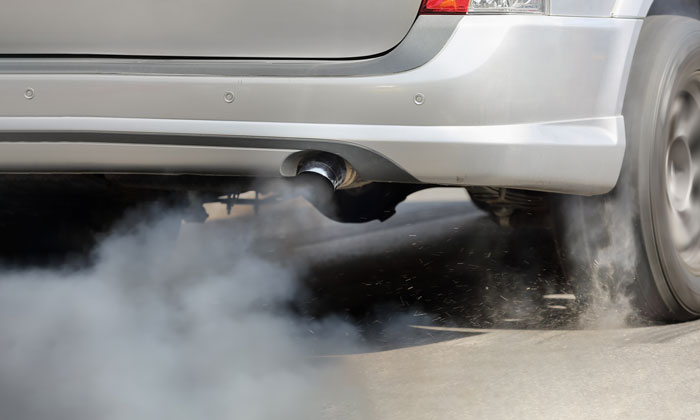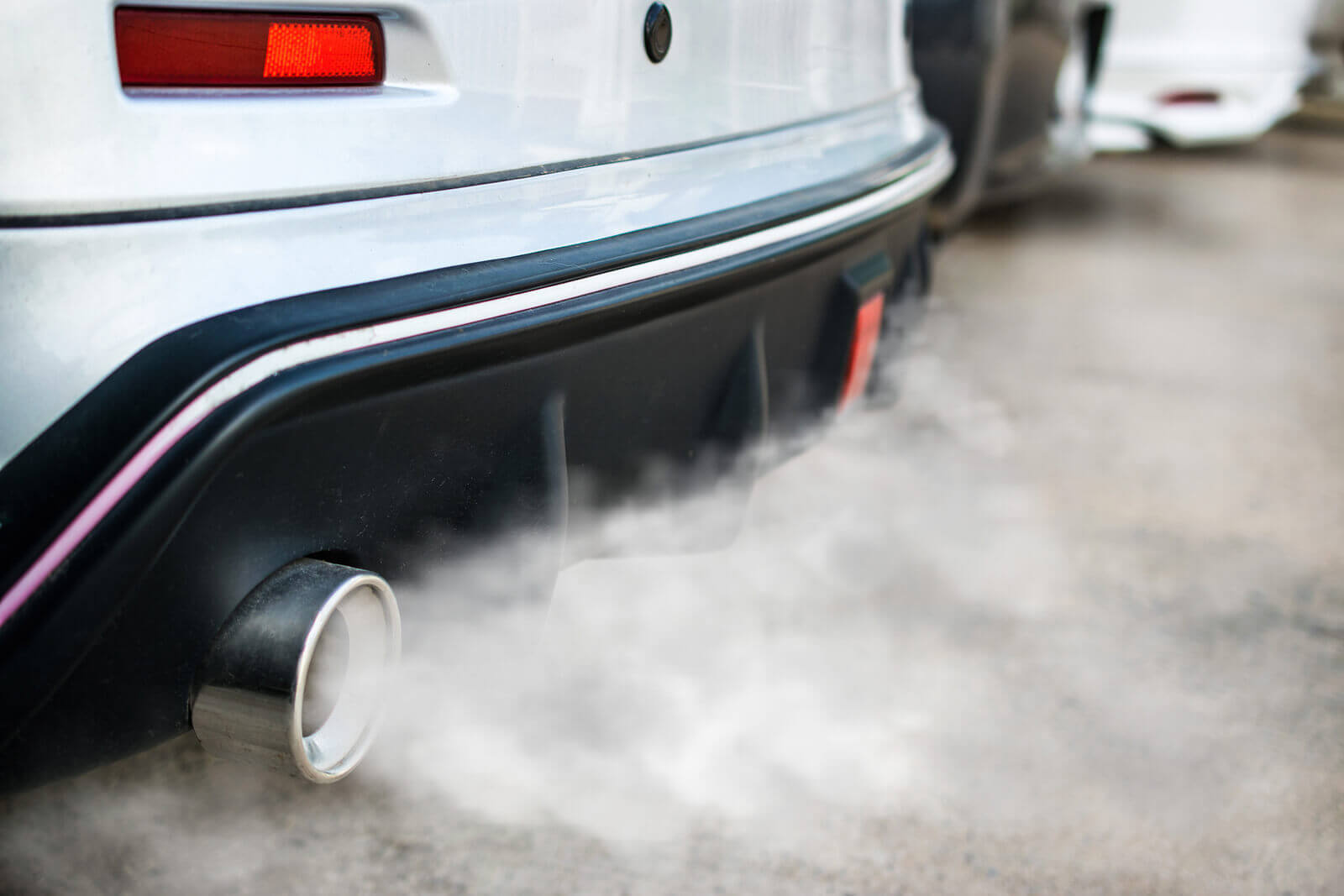The color of your car’s exhaust smoke can be a telling indicator of its overall health. Different smoke colors often signify specific issues within the engine or other components. For instance, white smoke can suggest a coolant leak, while blue smoke typically indicates that the engine is burning oil.
Black smoke is often a sign of excess fuel being burned, and gray smoke can point to problems with the transmission or the PCV valve. By paying attention to the color of your exhaust smoke, you can diagnose potential problems early and take action to prevent further damage.
Regular maintenance and being aware of these warning signs can help you keep your car running smoothly and efficiently. Here’s a guide to what your car’s exhaust smoke color might be telling you about its condition.
White Smoke
Coolant Leak: If your car emits thick white smoke, especially when the engine is warm, it usually indicates a coolant leak. This often points to a blown head gasket, a cracked engine block, or a damaged cylinder head.
When coolant leaks into the combustion chamber, it turns into steam and exits through the exhaust system, producing white smoke. This is a serious issue that needs immediate attention, as continued driving can lead to severe engine damage.

Cold Weather Condensation: On cold mornings, you might notice thin white smoke coming from the exhaust. This is typically just condensation evaporating and is not a cause for concern. However, if the white smoke persists after the engine has warmed up, it’s likely indicative of a more serious problem, such as a coolant leak.
Blue Smoke
Burning Oil: Blue smoke is a clear sign that your engine is burning oil. This can happen for several reasons, including worn piston rings, damaged valve seals, or a malfunctioning PCV (positive crankcase ventilation) valve.

When oil leaks into the combustion chamber, it burns along with the fuel, producing blue smoke. This not only indicates a problem with oil consumption but can also lead to reduced engine performance and efficiency. Addressing this issue promptly can prevent further damage to the engine.
Black Smoke
Excess Fuel: Black smoke from the exhaust signifies that the engine is burning too much fuel. This is often due to a problem with the fuel injection system, such as a clogged air filter, a malfunctioning fuel injector, or an issue with the fuel pressure regulator.

Black smoke indicates a rich fuel mixture, meaning there’s more fuel than air in the combustion process. This can lead to decreased fuel efficiency and increased emissions. Regularly checking and maintaining the fuel system can help prevent this issue.
Gray Smoke
Transmission Fluid Leak: If you drive a vehicle with an automatic transmission and notice gray smoke, it might indicate that transmission fluid is being burned. This could be due to a faulty vacuum modulator or a transmission fluid leak into the engine.
Burning transmission fluid can lead to a significant drop in transmission performance and should be addressed immediately to avoid more severe damage.
PCV Valve Issues: Gray smoke can also be caused by problems with the PCV valve, which helps regulate the pressure within the engine and prevents oil leaks. A malfunctioning PCV valve can cause oil to be sucked into the engine’s intake manifold, resulting in gray smoke. Replacing the PCV valve is typically a straightforward and inexpensive repair.

Your car’s exhaust smoke color can be a valuable diagnostic tool, providing insights into the health of your engine and other components. Recognizing the difference between white, blue, black, and gray smoke can help you identify potential issues early and take appropriate action.
Regular maintenance and timely repairs are key to preventing these problems from escalating and ensuring your vehicle remains in good working order. If you notice any unusual exhaust smoke, it’s essential to have your car inspected by a professional mechanic to determine the underlying cause and address it promptly. By understanding what your car’s exhaust smoke is telling you, you can maintain the health and longevity of your vehicle.

